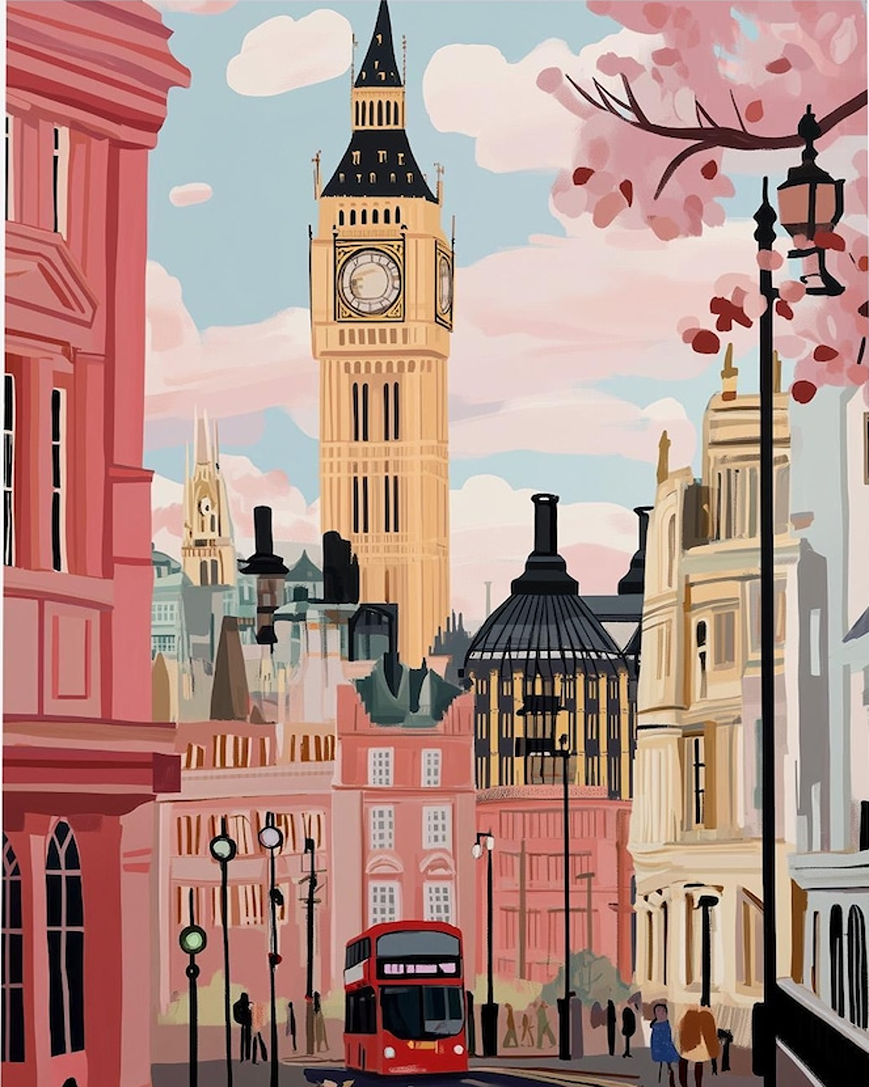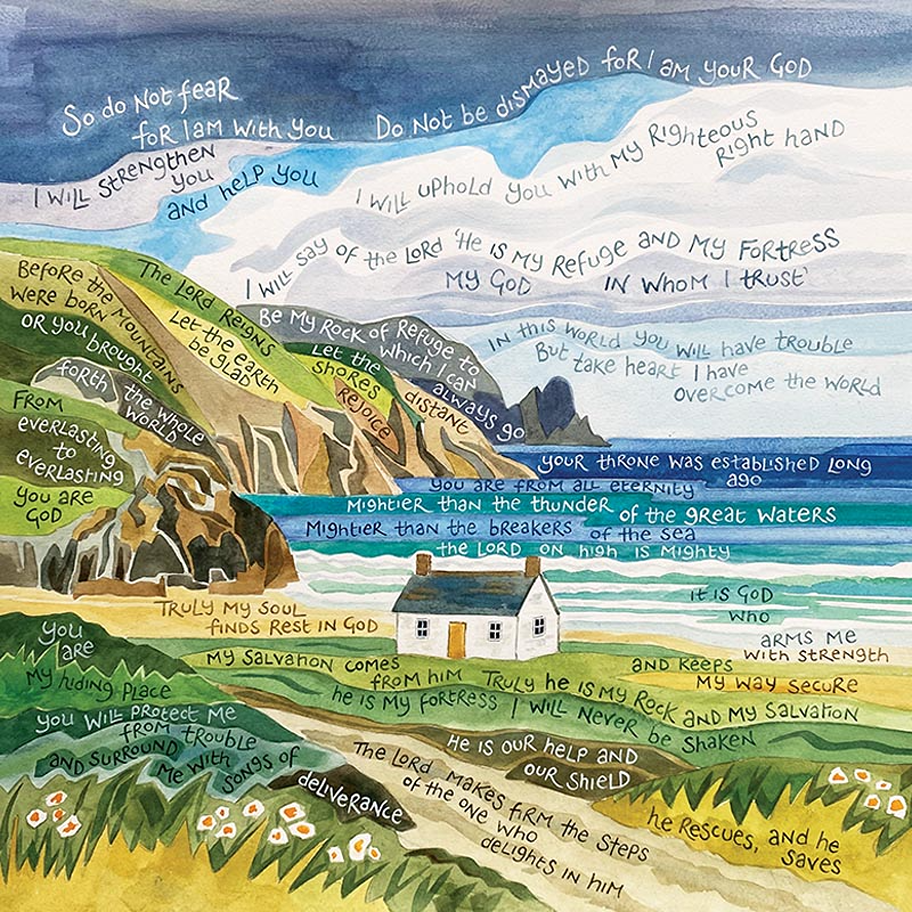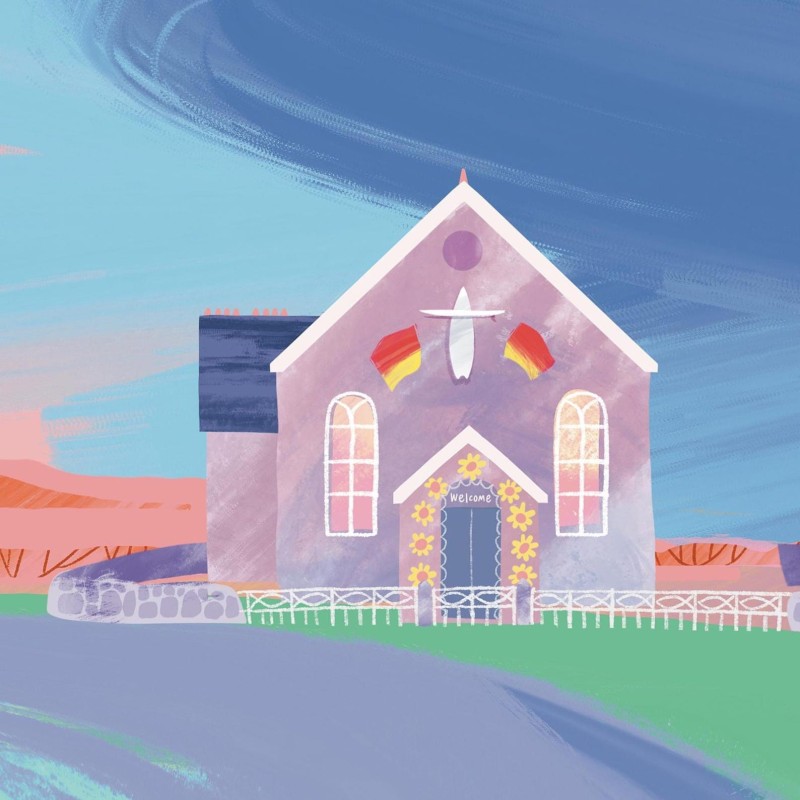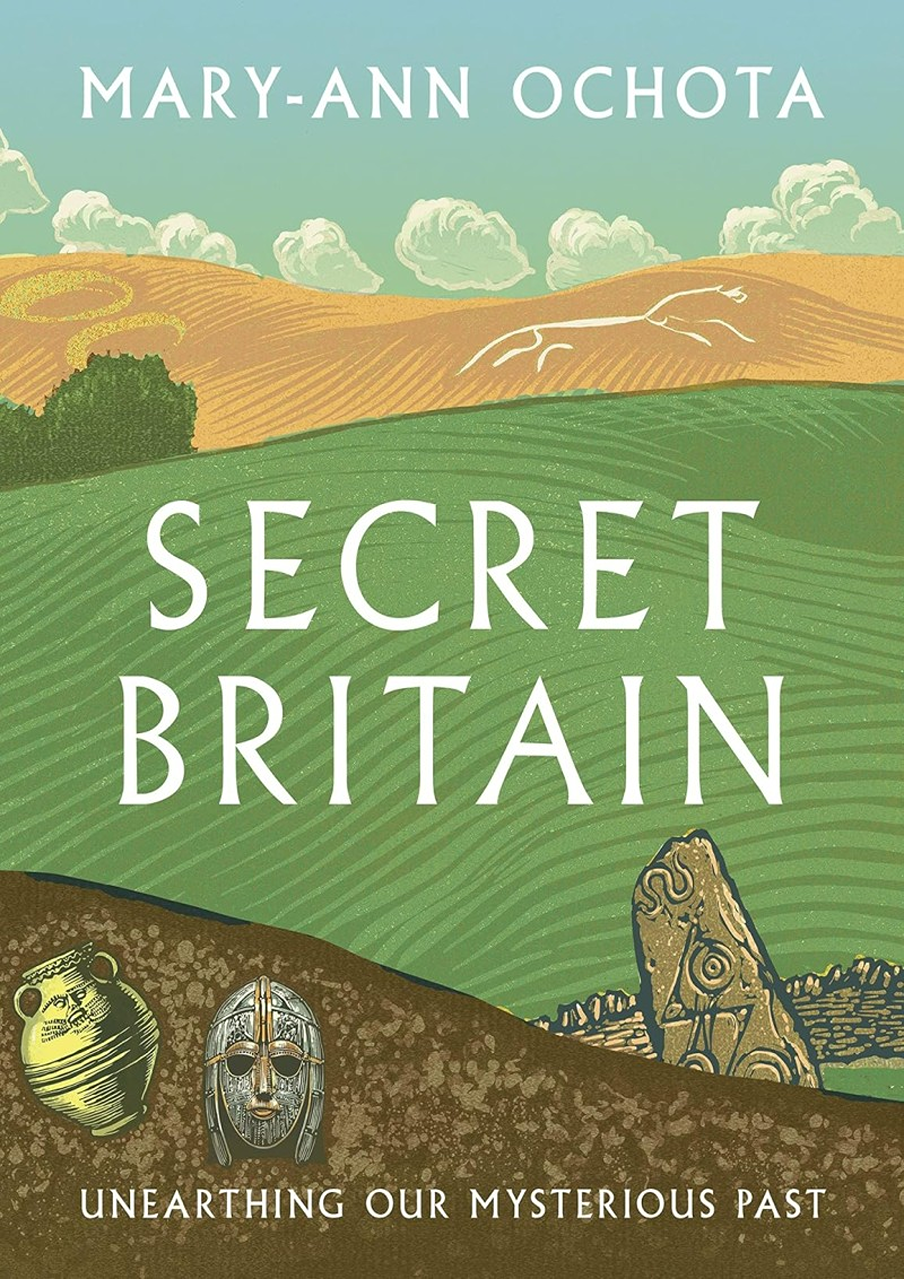Peaceful Retreats: Traffic-Free Mews Houses
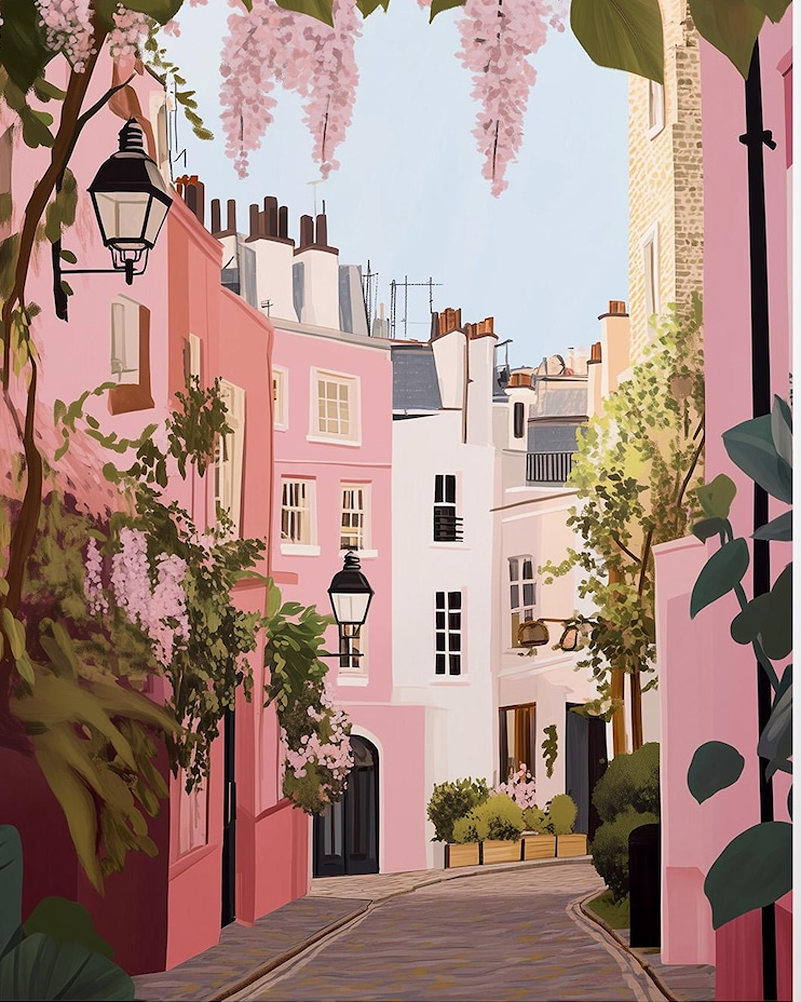
In certain areas of London, you will calm across calm retreats just off the main roads, where you find cobbled lanes that sound of birdsong, not engines. A place where people chat outside front steps, and all seems well with the world.
These are mews houses, which began as rows of stables in the 1700s, when horses were used to transport people, before cars were invented. Today of course they cost a fortune, but it can’t harm to dream!
Mews houses originally existed to house carriage horses. Worldwide, towns and cities are banning carriage horse transport, due to accidents and horses often being too hot or thirsty to work. London remains one of the few cities to not yet ban them. Read our post on alternatives to carriage horses.
The History of London Mews Houses
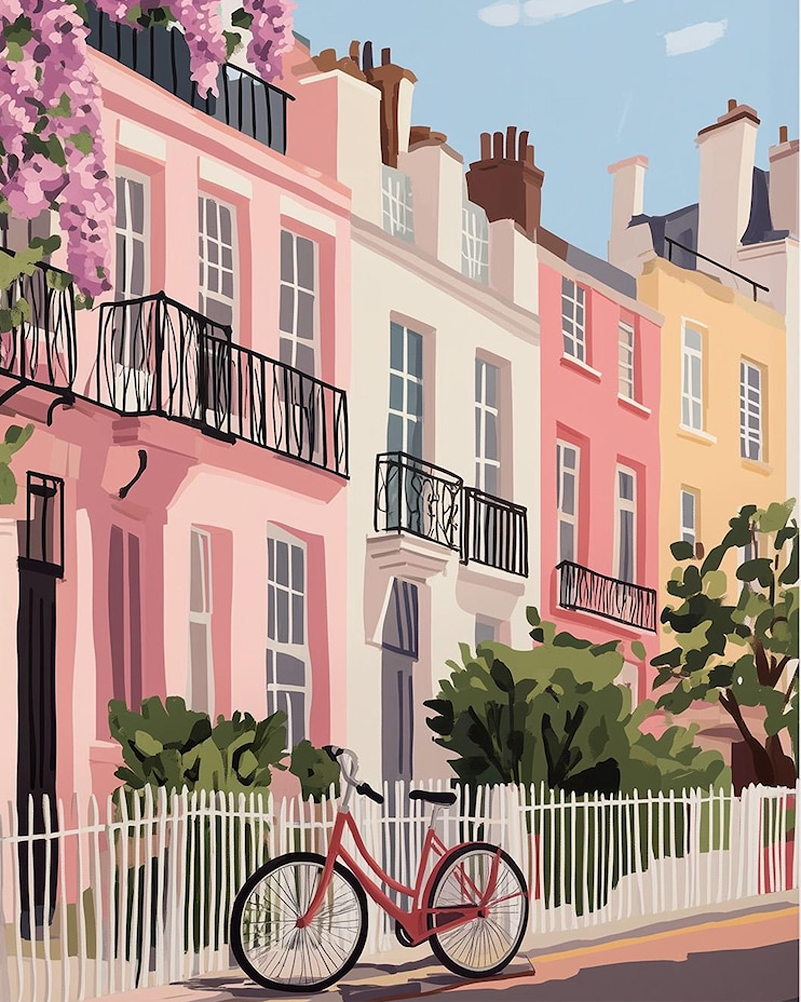
Wealthy families who kept horses in stables led to mews houses being built in rich areas like Mayfair, Belgravia and Kensington. Stable lads would look after the horses, the name ‘mews’ coming from the Royal Mews at Charing Cross.
Once motor cars arrived, most mews houses in the 1940s sand 1950s were being turned into garages. After the war, London faces a shortage of quality housing, and mews houses were the answer. Tucked away with strong foundations and small private gardens, architects got on board to cut extra windows into thick brick walls and opened up the lofts. Some kept the original stable arches, as carports.
Well-known examples include Kynance Mews in Kensington and Holland Park Mews, both lined with wisteria (not safe near pets) and are among the city’s most photographed addresses.
London boroughs have imposed strict planning rules, to stop heavy vehicles driving through streets, so they are mostly only accessible to residents living there – and the postie!
Everyday life here is good. There is room for small flowerbeds, conversations at the gate, and stronger ties between neighbours. Urban living, with a gentle side.
Read our posts on creating pet-friendly gardens and wildlife-friendly gardens. Never face indoor foliage to face gardens, to help stop birds flying into windows.
Would You Like to Buy a London Mews House?
You had then likely be a millionaire or billionaire. Some mews houses are more affordable. But the main ones are astronomical in price, in a city where property is already very expensive.
On the Market lists the cheapest ones for around £500,000. The featured property was around £650,000 (and only had a small terrace, not even a garden).
Savill (which advertises most of London’s mews houses in swanky areas) had 32 for sale at time of visiting the site. The one we quite fancy is a cute little 3-bedroom mews house near Mayfair with a roof terrace – £2.5 million!

